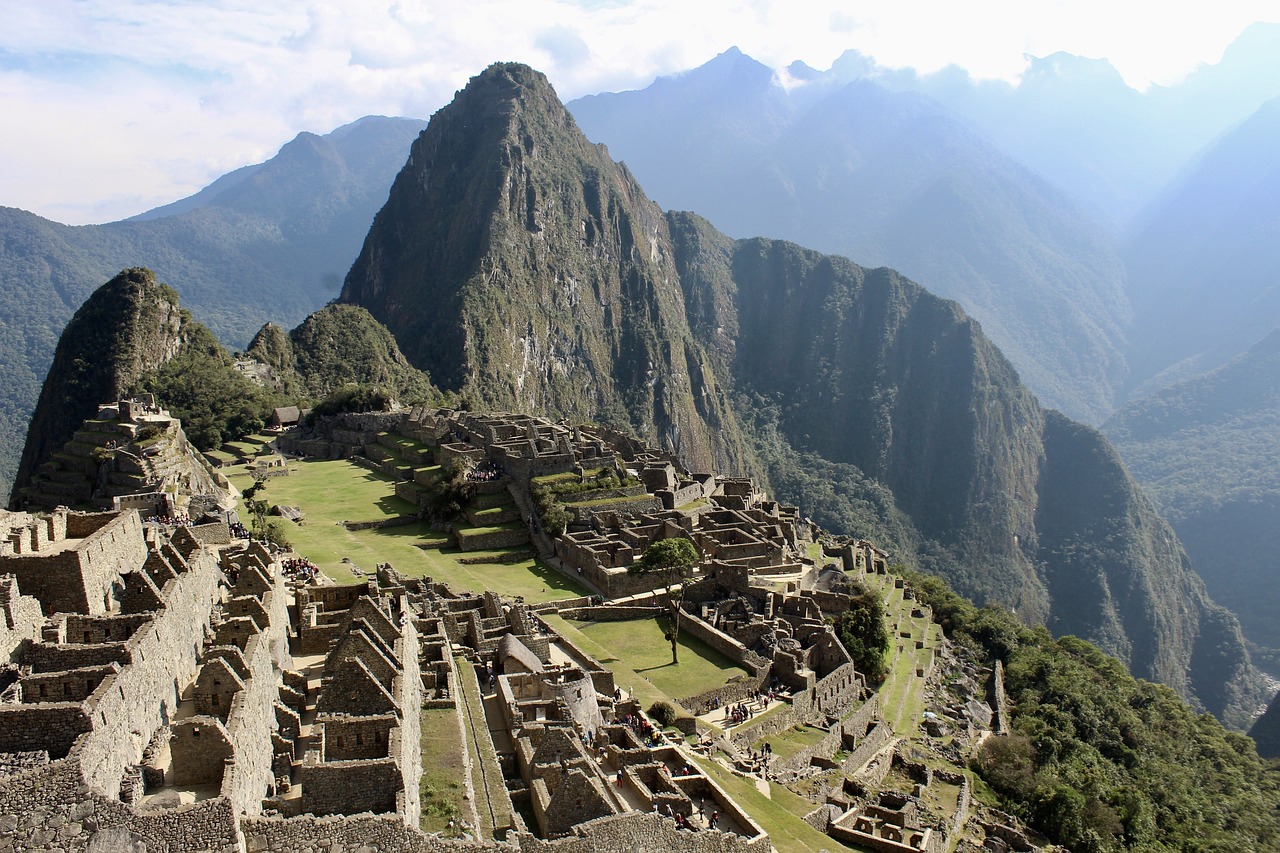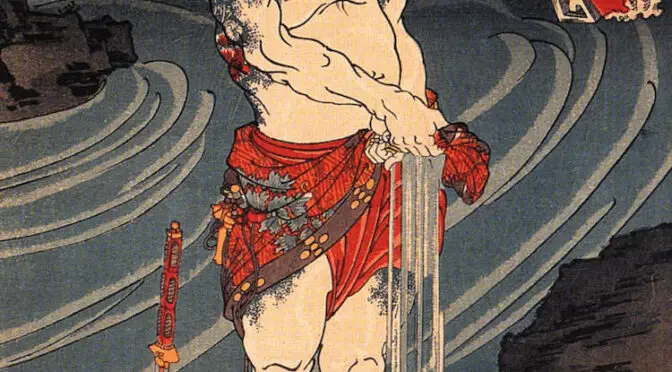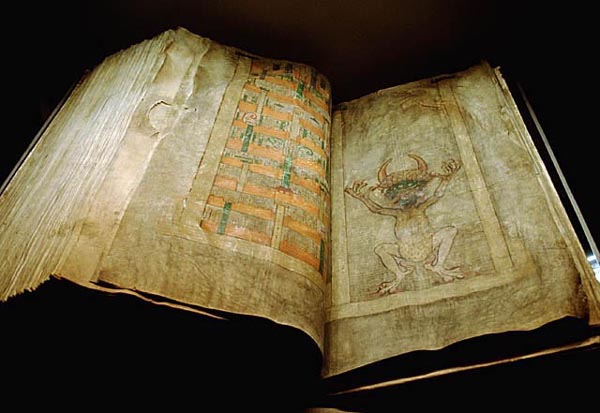Originating from older pre-Inca civilizations in the area, the Incas initially appeared in modern-day Peru sometime in the 12th century. The ancient Nazca Lines, which are enormous drawings carved across the landscape, are said to have been created by these previous tribes.
Some stories about their creation claim that the sun deity Inti created them and sent his son Manco Capac to Earth by way of three caverns in the Paccari Tampu hamlet. Manco Capac killed his brothers and then traveled across the wilderness with his sisters and their supporters before arriving in a rich valley close to Cusco.
During the reign of Mayta Capac, the Incas’ fourth emperor, they started to increase the amount of territory they had. They did not, however, really emerge as a dominant force until the eighth.
Around 1438, Cusi Inca Yupanqui, the son of Viracocha Inca, successfully defended Cusco from an onslaught by the rival Chancas. Viracocha Inca withdrew to a military outpost.
Cusi Inca Yupanqui rose to prominence as one of the Incas’ most powerful kings, and he eventually adopted the title Pachacuti. His military expeditions brought the kingdom hundreds of kilometers north to subjugate the kingdoms of Cajamarca and Chimu, as well as to the southernmost point of the Lake Titicaca Basin.
Strategic logistics became important when the Inca state, now known as Tawantinsuyu, or “Land of the Four Quarters,” expanded its territory. It is thought that Pachacuti was the first Inca ruler to mandate forced relocation in order to put down any potential insurrection from a particular ethnic group.
Inca Government Pachacuti concentrated his efforts on fortifying Cusco, the empire’s administrative hub. He built Sacsahuaman, the colossal fortification that defended the city, and he channeled rivers to create elaborate agricultural terraces as part of a huge irrigation project.
With 12 million people, Tawantinsuyu was home to over 100 different ethnic groups, but a sophisticated social system kept the empire functioning.
The majority of Inca subjects were self-sufficient farmers who cared for dogs, llamas, alpacas, squash, corn, and potatoes. They also paid taxes by working as public servants.
There was no written language, but the predominant dialect was a dialect of Quechua, and historical and accounting documents were kept track of using quipu, or knotted ropes.
The Inca religion
The pantheon of gods that comprised the rain god Apu Illapu, the creator god Viracocha, and the Inca deity Inti. Throughout the country, magnificent shrines were constructed, notably the enormous Sun Temple at Cusco, which had a circumference of more than 1,200 feet. Strong priests relied on divination to identify illnesses, investigate crimes, and forecast the results of battles, which frequently required the sacrifice of animals. Prior emperors’ mummified bodies were revered as holy objects and were carried throughout rituals together with their wealth of gold and silver. When Topa Inca Yupanqui came to power in 1471, he extended the empire’s southern boundary to the Maule River in present-day Chile and established a payment system whereby each province supplied.
The Spanish Arrival
Despite these developments, the Inca Empire’s demise was soon brought about by the advent of Spanish explorers in the 1500s. Before Huayna Capac and his chosen successor were killed circa 1525, a significant portion of the population was wiped out by diseases brought in by the Spanish, including smallpox and influenza. A civil war broke out as a result of those two deaths, with Atahualpa ultimately defeating his half-brother Huascar to seize control of the now-weak empire.
Spanish conquistador Francisco Pizarro, enthralled with the tales of Inca wealth, tricked Atahualpa into attending an alleged dinner in his honor in November 1532, only to abduct the emperor instead. Even though the Spanish were greatly outnumbered by the natives, they easily sacked Cusco in late 1533 thanks to their superior weaponry. Atahualpa was put to death the following summer. The Spanish set up a young prince called Manco as a puppet king in an effort to maintain peace, but this decision backfired during a fierce uprising in 1536. Manco and his soldiers were ultimately compelled to flee, though, and Vilcabamba, a village in the jungle, served as the empire’s final stronghold for roughly 36 years.
The Incas’ mythology and culture were passed down to succeeding generations by skilled storytellers, since the only written accounts of them were created by outsiders. Archaeologist Hiram Bingham discovered the intact 15th-century mountaintop citadel of Machu Picchu in 1911. Magnificent stone structures within the citadel attest to the strength and capabilities of this once-proud and powerful pre-Columbian civilization. Traces of its existence were mostly found in the ruins of cities and temples.



